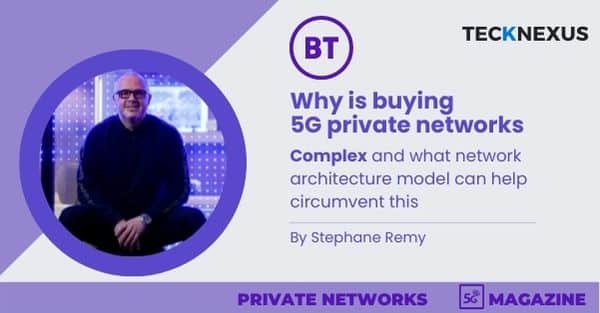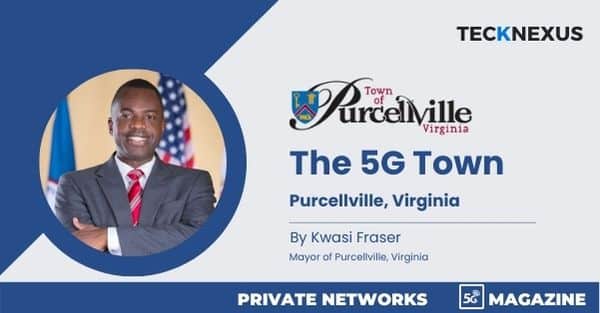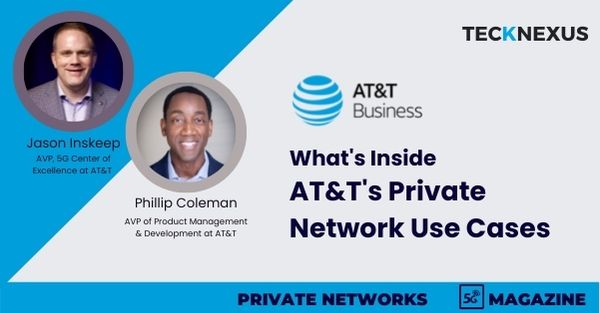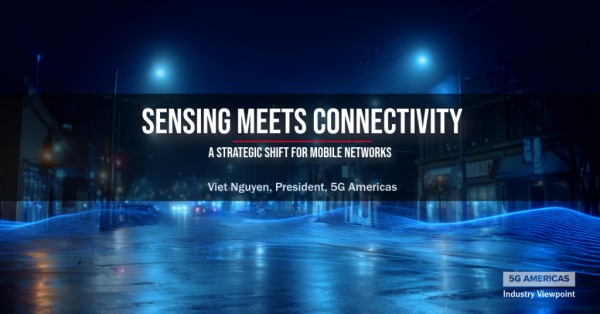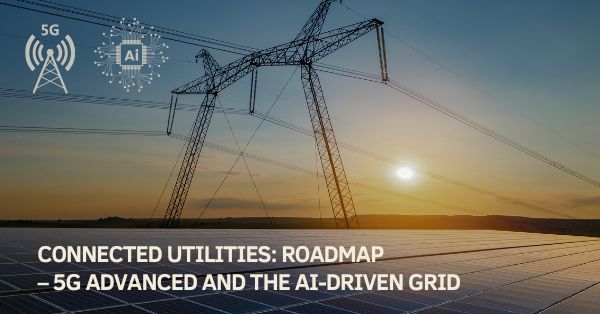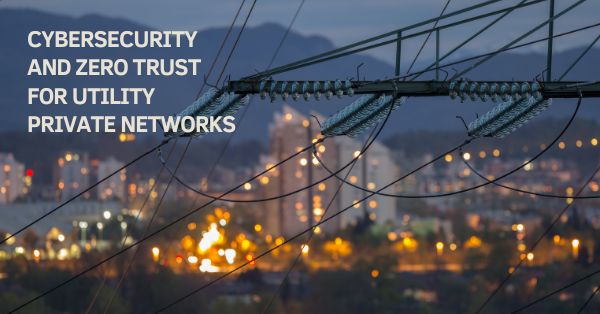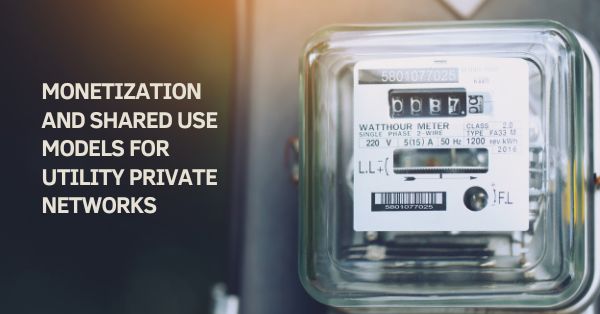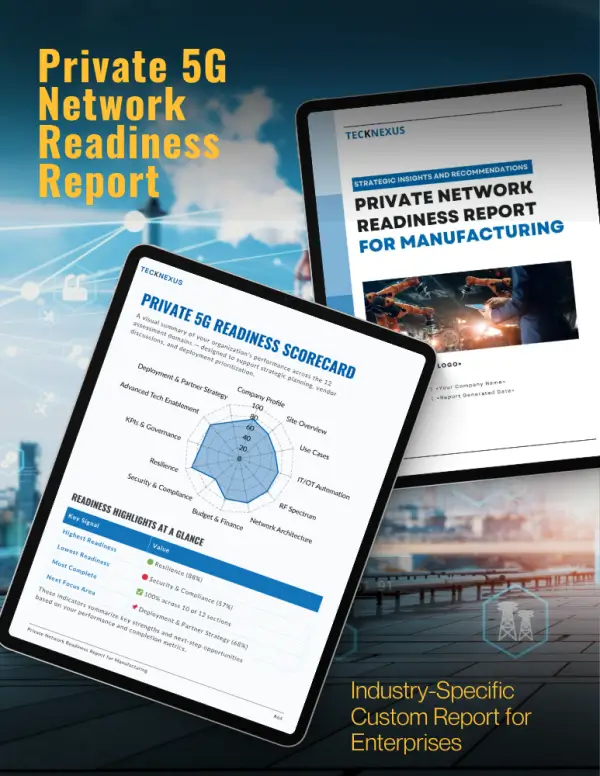Home » 5G Magazine » 5G Public/Private Networks | 5G Magazine Nov 2022
5G Public/Private Networks | 5G Magazine Nov 2022
In this edition of the 5G Magazine, we take a reality check focusing on the actual use cases and applications being deployed across industry verticals, the related ecosystem players, and what value 5G is adding to the corresponding use cases and applications.
Log In or Register to Access This Content
Login
Register
Login with LinkedIn
Essential insights and practical tools for navigating private networks. Get Details.
Available on Amazon & Google Books
Subscribe To Our Newsletter
- All
- 5G
- 6G
- AI
- API
- AR
- Assurance
- Automation
- Blockchain
- Digital Twin
- Edge/MEC
- FWA
- IoT
- Metaverse
- Monetization
- Network Infrastructure
- Network Slicing
- Open RAN
- Orchestration
- OSS-BSS
- Predictions
- Private Networks
- RAN
- SASE
- Satellite & NTN
- SD-WAN
- SDN-NFV
- Security
- Semiconductor
- Sustainability
- Telco Cloud
- Testing & QA
- Towers & Cells
- VNF
- VR



